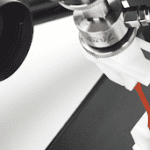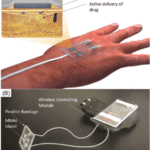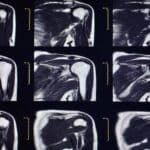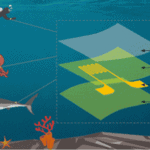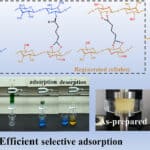Ready to dive deep into the fascinating realm of spinal health? Join us on an enlightening journey as we explore the latest groundbreaking biomechanical research by Dr. Diane Gregory and Maxine Harvey-Burgess from Wilfred Laurier University. Their innovative work is revolutionizing our understanding of intervertebral disc mechanics, shedding new light on spinal health. Whether you’ve experienced back pain or are intrigued by the human spine’s complexities, this post aims to ignite your curiosity and broaden your knowledge. Let’s embark on an exploration together, uncovering insights from their pioneering study.
Using cutting-edge Cellscales biotechnology research tools, we aim to reveal the intricate dynamics of spinal discs, offering a peek into the world of spinal health. By sharing transformative insights, we’re changing how we view and approach spinal well-being, ushering in a new era of spinal health awareness.
Understanding the Spine’s Core Structure
At the core of spine functionality are the intervertebral discs, crucial for spinal support and flexibility. These essential structures consist of two main components:
- The nucleus pulposus, which serves as the inner core of the disc, is a gel-like substance. It provides cushioning and shock absorption, allowing the spine to bend and twist smoothly without damaging the vertebrae.
- Encircling the nucleus pulposus is the annulus fibrosus (AF), a strong outer layer made up of tough, fibrous tissue. The AF acts as a protective barrier, keeping the nucleus pulposus contained and maintaining the structural integrity of the disc. This dual-layered composition ensures the intervertebral discs can withstand various stresses and maintain spinal stability.
Breakthroughs in Spinal Disc Analysis
Dr. Gregory and Harvey-Burgess have made significant strides in replicating human disc mechanics through the use of cow tail spinal discs. Their innovative method involves a range of approaches such as:
- Static Axial Torsion Testing: This method is employed to subject the discs to rotational stress, providing insights into their behavior under such conditions.
- Tensile Testing: By employing this technique, the researchers can assess the discs’ resilience when stretched, offering valuable data on their durability.
- Histological Analysis: Through this meticulous microscopic examination, the effects on the Annulus Fibrosus (AF) can be better understood.
Their dedicated work has unveiled the remarkable resilience demonstrated by the bond between AF layers when subjected to torsion. Furthermore, their research has identified internal damage within the layers as a primary factor. This pivotal discovery not only sheds light on the complex mechanisms at play but also lays the groundwork for innovative strategies aimed at both the prevention and management of disc herniation.

Methodology and Biomechanical Research Equipment at the Forefront
By leveraging the capabilities of the CellScale BioTester for biaxial testing and utilizing the UniVert for uniaxial assessments, researchers and scientists can conduct comprehensive mechanical analyses to gain valuable insights into the material properties and behavior under different loading conditions.
Key Takeaways for Healthier Spine
- Torsional Stress as a Culprit: Understanding the specific movements that increase the risk of disc herniation can guide prevention strategies.
- Importance of Spinal Health Research: The advancements in biomechanical research spotlight the potential for improved diagnosis and treatment methods.
- Role of Advanced Technology: The integration of cutting-edge technology in research underscores its value in unlocking the complexities of the human spine.

Conclusion
Exploring the world of spinal health research reveals valuable insights into the complex dynamics of spinal discs, shedding light on their pivotal role in our overall well-being. Dr. Diane Gregory and Maxine Harvey-Burgess’s innovative study not only enhances our understanding but also paves the way for effective strategies to manage and prevent disc herniation. Armed with this new knowledge, we are moving closer to safeguarding the health of our spine, a fundamental pillar of our body’s structure that underpins our capacity to live healthy, active lives.
If you’re interested in delving further into related research, you can explore the article detailing the compressive mechanical properties of the optic nerve head in rats and pigs linked here.



